In a remarkable archaeological discovery, four mummified children, believed to be over 1,000 years old, have been found in one of Lima’s oldest neighborhoods. Unearthed from a sacred ceremonial site at Huaca La Florida, Lima, the mummies offer a glimpse into the ancient Ychsma culture, a pre-Inca civilization that thrived in the region from approximately 1000 to 1400 AD.
Ceremonial Atrium and Enigmatic Remains
The discovery occurred near a small hill featuring a staircase believed to lead to a concealed temple, dating back around 3,500 years. Three of the mummies were wrapped in textiles, while the other two were found as skeletons, remarkably with hair still intact on their skulls. Archaeologists speculate that these burials were likely natural rather than sacrificial.
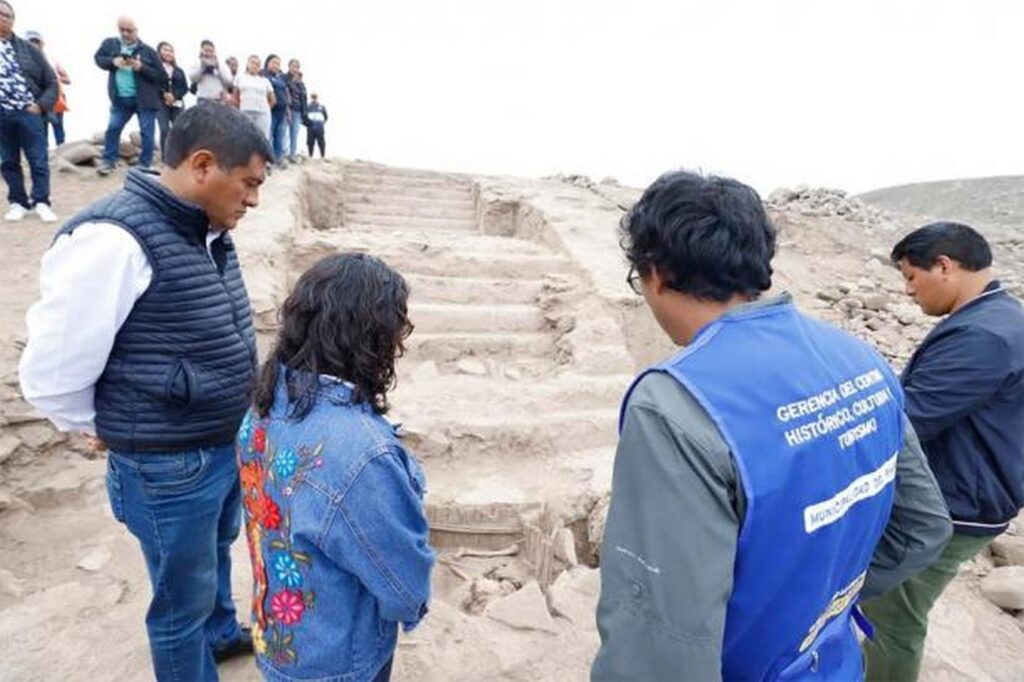
Insights into Sacred Rituals
Luis Takuda, the archaeologist leading the research project at Huaca La Florida, described the area as a significant ceremonial atrium. It was revered as a sacred space by the Ychsma people, who chose it as the final resting place for their deceased.
Instances of mummified remains with preserved hair have been documented before. Earlier this year, a skeleton discovered in Peru’s Miraflores district also displayed well-preserved hair, indicative of ancient burial practices.
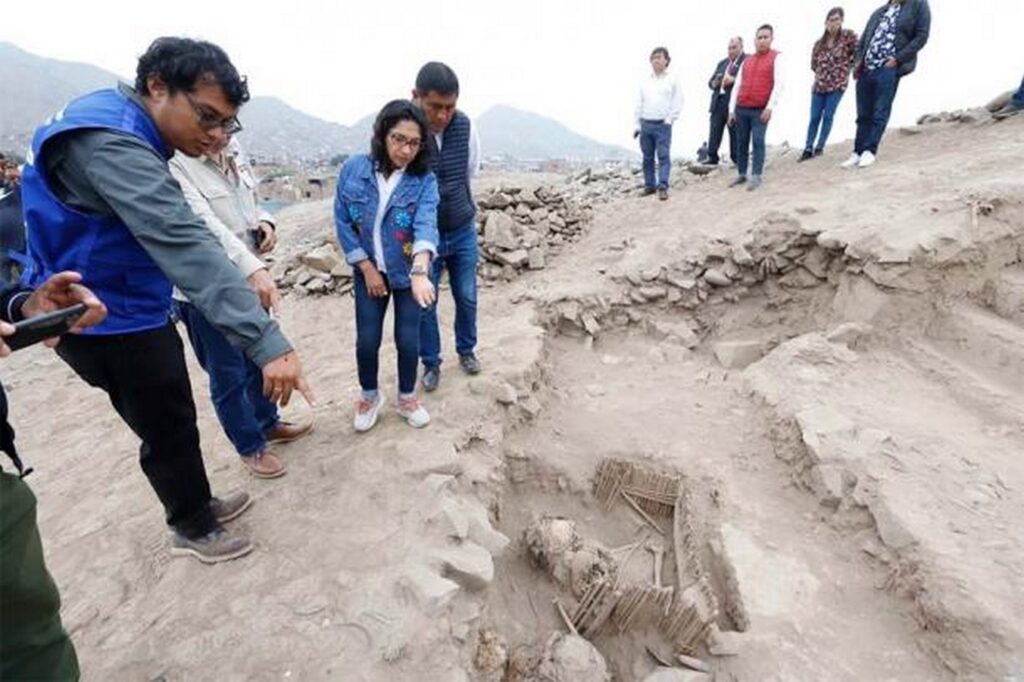
Historical Context and Urban Expansion
The discovery site is situated in close proximity to modern residences and a training field. Huacas, or sacred sites, are common in Lima, with around 400 such sites scattered throughout the city. These sites played crucial roles in pre-Columbian religious and ceremonial activities.
Despite its rich archaeological heritage, Lima is more renowned for historical sites located outside the city, such as Cusco, the former capital of the Inca Empire. While excavations continue to reveal ancient secrets within Lima’s borders, efforts are also underway to preserve these sites amidst urban expansion and modernization.


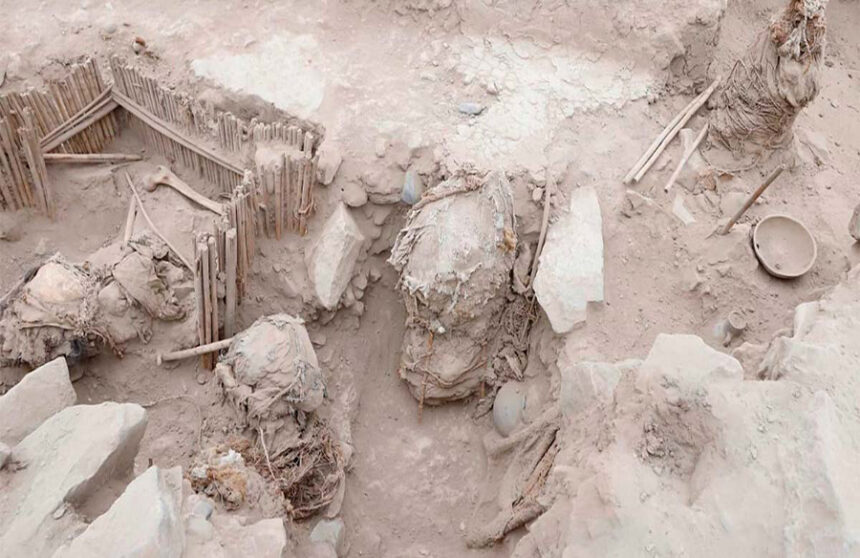
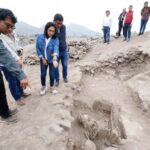
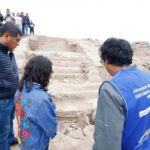
Leave a Reply